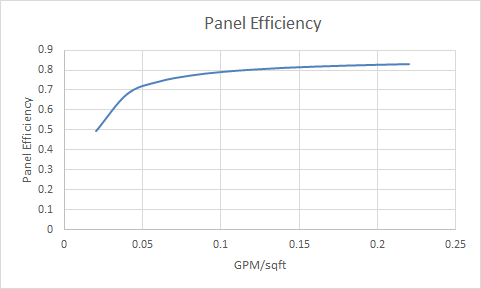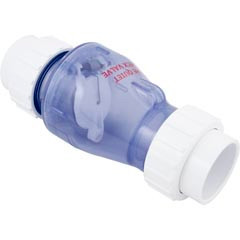I recently added a SWG to my pool. It’s a Jacuzzi cell and love it. But it requires a check valve before the unit and now when my solar heater turns on at 1500 recommended RPM by solar touch for maximum heating. But the check valve swing head pressure is too high for it to physically open and pass back through SWG and into the pool. I can turn up the RPM and water will pass though but then heat the pool very slow or not at all.
I tried removing the spring which worked but then I run the possibility of the valve not closing.
Does anyone know if they sell springs related at a very low pressure to operate.
I had picked up a SCH40 in line check valve at a irrigation store which opens with minimal effort but it’s not the clear type to
Visualize which I like.
Please help
I tried removing the spring which worked but then I run the possibility of the valve not closing.
Does anyone know if they sell springs related at a very low pressure to operate.
I had picked up a SCH40 in line check valve at a irrigation store which opens with minimal effort but it’s not the clear type to
Visualize which I like.
Please help




